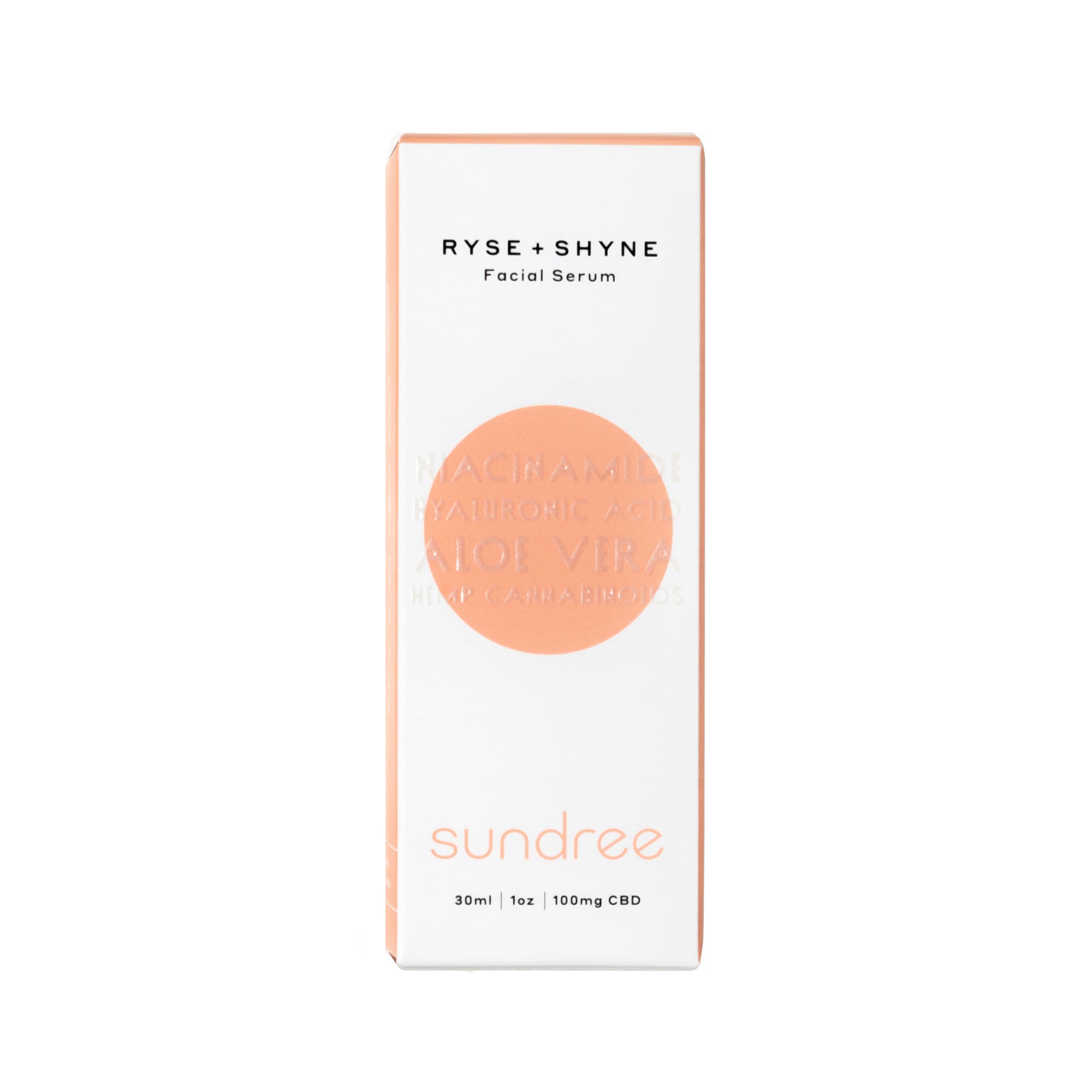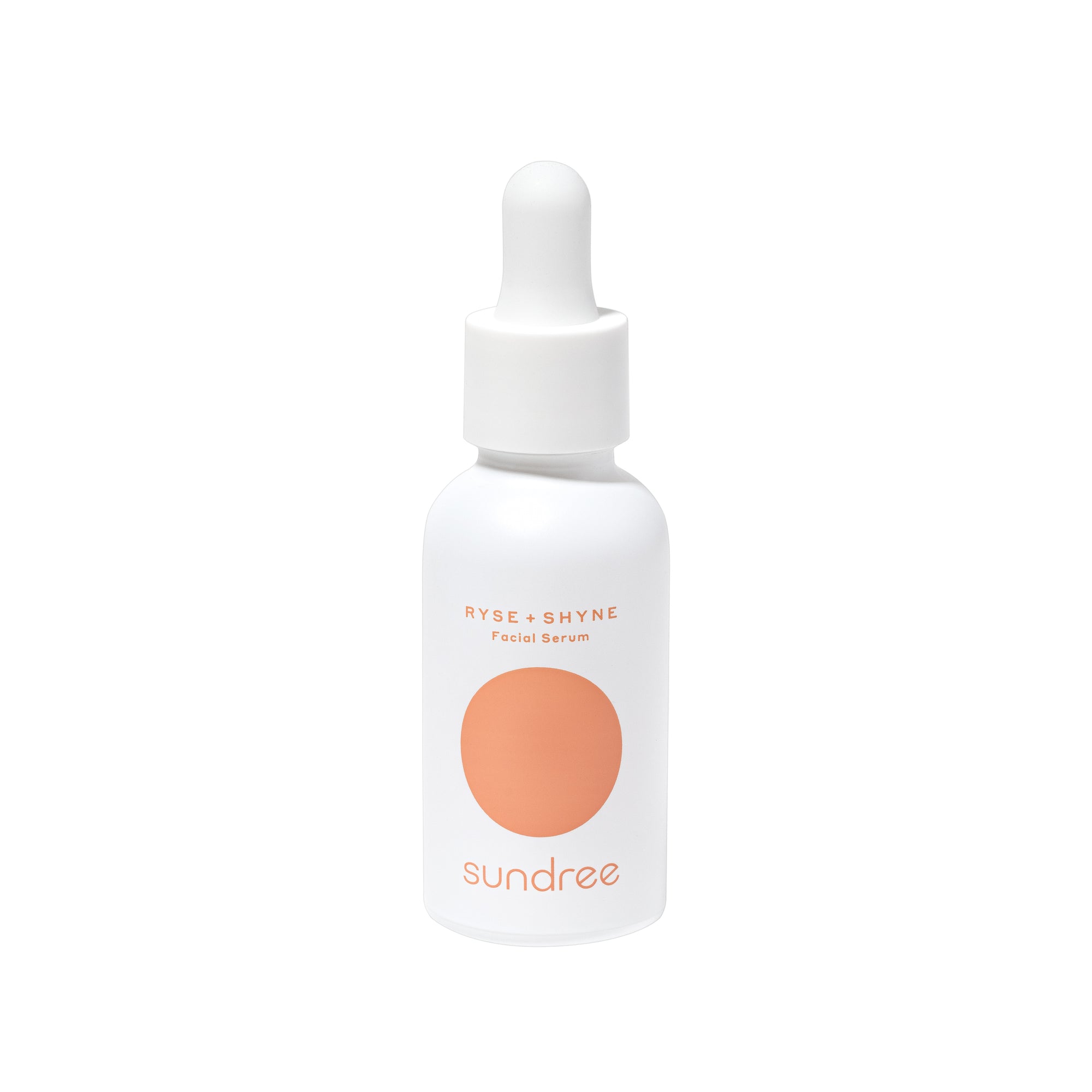Gone are the days when people used to believe that moisturizers were only meant for dry and sensitive skin. Instead, we are all familiar with the significance of adequately moisturizing the skin to keep it radiant, plump, and healthy. This is why you can find various moisturizing products online and at beauty stores.
A moisturizing product with good quality ingredients and optimal concentrations is the best way of providing the skin with the essential moisture and nourishment it needs.
Unfortunately, too much moisturizing may not suit your skin. Over-moisturizing may lead to more negative effects on the skin than good. So, how much moisturization is enough, and are you over-moisturizing your face? Keep on reading to find out.
Why You Need to Use a Moisturizer?
The first question that might spring up is why you need to apply a moisturizer. Well, while your skin can naturally moisturize itself and lock in moisture through its epidermal lipid barrier, these functions may be affected due to several internal or external factors. As a result, your skin may produce lesser amounts of natural oil, lose its essential moisture, or be unable to retain moisture due to a weaker lipid barrier.
To counter this and ensure a smooth, supple, and glowing complexion, you need to apply a moisturizer. The role of a moisturizer is to moisturize and hydrate the skin, lock moisture in the skin, and strengthen the lipid barrier to prevent transepidermal moisture loss.
Signs You Are Over-Moisturizing Your Face
While we are repeatedly advised to moisturize our skin, we are rarely told about the side effects of over-moisturizing the face and how much is enough for the skin. Therefore, it’s common to go overboard with your moisturizer and end up with problematic skin. Here are some indications that you’re using too much of your moisturizer and may need to make some adjustments:
- Clogged Pores: One of the first and most prominent signs of over-moisturizing your face is that your pores are clogged. This results from the heavy formulation or excess moisturizing product building up on the skin's outer surface as it doesn’t get absorbed. Excess amounts of moisturizer in your pores can lead to a reduction in air circulation and accumulation of sebum, dirt, bacteria, and other impurities, which ultimately leads to the formation of blackheads and whiteheads.
- Acne Breakouts: Another way your skin may react to too much or too thick of a moisturizing product is increased acne flare-ups on your face. Acne breakouts can show up when your pores are clogged for some time due to the accumulation of excess product and impurities. So, if you notice breakouts for no reason, it may signal that your skin is warning you to stop over-moisturizing.
- Increased Sebum Production: As mentioned above, the skin absorbs the moisture it needs from your moisturizing product and leaves the rest in the pores. The layer of greasy stuff piling up on your skin attracts bacteria and other impurities and sends the signal to the body to amp up the synthesis of more sebum.¹ So, if you have oily skin, this can make your face even more shiny and oily. A higher amount of sebum also puts the skin at risk of developing blackheads, whiteheads, and acne.
- Dryness and Sensitivity: Too much of a moisturizing product can make your naturally dry skin even drier. Excessive moisture from your moisturizer can interfere with the natural secretion of sebum by the sebaceous glands. When your body doesn’t synthesize enough sebum, skin becomes dry quicker. This results in a dry, sensitive, and dull complexion.
- Uneven Skin Texture: Another sign of your skin reacting badly to your moisturizing product is the emergence of tiny bumps and rough patches on the face. Rashes, itching, and redness on the skin often accompany these small bumps. When you apply too much moisturizer, only the amount required by the skin penetrates the skin. The excess product remains on the top layer of the skin and gathers in the pores leading to congested pores. Clogged pores can cause various skin issues, including blackheads, acne breakouts, inflammation, and unpleasant skin texture.
- Skin Tightness: Moisturizing products are formulated with ingredients that work to add moisture to the skin and preserve the skin’s natural oil. The skin’s own moisture is mainly responsible for keeping the skin glowing and supple while preventing dryness. However, when you use too much moisturizer, the skin’s ability to synthesize oil declines. A lack of ample oils can cause the skin to become tight and dry.
- Flaking and Inflammation: One side effect of over-moisturizing your face is the flaking of the skin. As your skin becomes dry and tight, it starts to peel off. Peeling can also result in itching and redness on the skin. When your skin is over-moisturized, the excess moisturizer sits in your pores. The buildup of the product may combine with dirt, oil, bacteria, and other irritants, eventually leading to inflammation. If you have an inflammatory skin problem, over-moisturizing may worsen things.
How to Avoid Over-Moisturizing Your Face?
The best way to ensure you don’t end up with too much or too heavy moisturizer on your face is to find a formula specifically designed for your particular skin type and issues. This will ensure your skin receives enough moisture and hydration without overloading. Here’s how you can choose the right moisturizer for your skin:
- Identify your Skin Type: Before selecting a moisturizer, determine your skin type. Only then you’ll be able to choose a moisturizing product that will yield optimal results without over-moisturizing your skin. Know which skin type you have from the five main skin types, which include normal, dry, oily, combination, and sensitive.
- Dry and Sensitive Skin: If your skin is drier and tends to get easily aggravated, opt for a moisturizing product that provides deep hydration and locks moisture throughout the day. Look for thicker creams, lotions, or oil-based moisturizing products with ingredients like hyaluronic acid, squalane, glycerin, shea butter, dimethicone, vitamin E, plant oils, or ceramides.² Stay clear of products with alcohol or fragrances, as they tend to aggravate further and dry out your skin.
- Oily Skin: For oily and greasy skin, find a lightweight, oil-free, non-comedogenic moisturizing product that won't make your skin oilier or clog your pores. The best choice for oily skin is gel or water-based formulas that work to regulate and control oil production. Ingredients like salicylic acid, niacinamide, hyaluronic acid, or witch hazel can assist in managing excess sebum production.³
- Combination Skin: This type of skin comprises areas of dry and oily patches on the face and requires a balanced approach. You need to apply a lightweight gel or water-based moisturizer on oily areas, and the dry regions of the face can benefit from a slightly heavier cream-based moisturizer. So, either aim for products formulated specifically for combination skin or buy two moisturizers, one for oily skin and the other for dry skin, and apply them on different areas of your face.
- Normal Skin: People with normal skin have more flexibility when deciding on a moisturizing product. Depending on preferences and what works better for your normal skin type, they can choose from lightweight gel to slightly thicker cream.
Final Thoughts
There is no doubt that a skincare routine is incomplete without a moisturizer, and your skin requires an ample amount of moisturizing product to look and behave its best. Hence, moisturizing the skin is reiterated as one of the most vital steps of any skincare regimen. That being said, you may sometimes be using too much moisturizer, making your skin susceptible to many skin issues. To avoid this problem, it’s imperative to do your research and opt for a good quality moisturizer that works the best for your individual skin. Depending on your skin type and needs, you can choose from various moisturizing products, such as a balm, lotion, cream, or gel.
Citations:
- S. Brooklyn. (2023). ‘What is Sebum and Why is it Important?’, Sundree, Accessed May 25, 2023. Available at: https://sundree.com/blogs/news/what-is-sebum
- Lewsley, Joanne. (2022). ‘What is dimethicone and what are its benefits’, Medical News Today, Accessed May 26, 2023. Available at: https://www.medicalnewstoday.com/articles/dimethicone
- Stuart, Annie. (2022). ‘Witch Hazel: Uses and Risks’, WebMD, Accessed May 25, 2023. Available at: https://www.webmd.com/vitamins-and-supplements/witch-hazel-uses-and-risks













